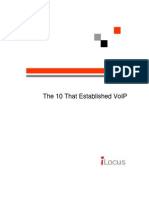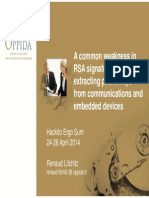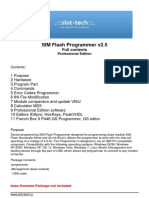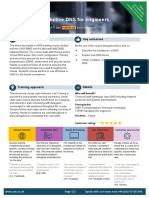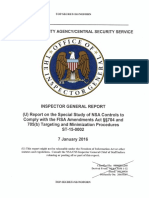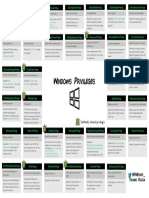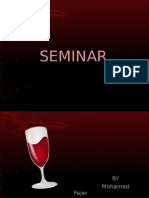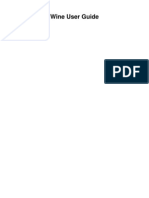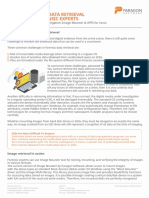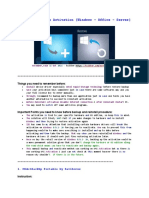0% found this document useful (0 votes)
61 views5 pagesWine: Windows on Unix Systems
Wine is an open-source technology that allows Windows applications to run on Linux and Mac operating systems by re-implementing the Windows API. It provides benefits over emulation like better performance and direct integration into the host operating system. However, Wine is still evolving and does not support the entire Windows API.
Uploaded by
Eduardo ZimmerCopyright
© © All Rights Reserved
We take content rights seriously. If you suspect this is your content, claim it here.
Available Formats
Download as PDF, TXT or read online on Scribd
0% found this document useful (0 votes)
61 views5 pagesWine: Windows on Unix Systems
Wine is an open-source technology that allows Windows applications to run on Linux and Mac operating systems by re-implementing the Windows API. It provides benefits over emulation like better performance and direct integration into the host operating system. However, Wine is still evolving and does not support the entire Windows API.
Uploaded by
Eduardo ZimmerCopyright
© © All Rights Reserved
We take content rights seriously. If you suspect this is your content, claim it here.
Available Formats
Download as PDF, TXT or read online on Scribd
/ 5





